Small-scale operations still need long-term views
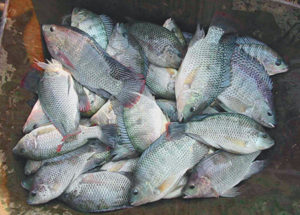
The importance of high-quality seed for aquaculture has been the focus of a number of development interventions in Africa, most notably by the Food and Agriculture Organization of the United Nations (FAO). FAO built large public-sector hatcheries in high-potential areas around the continent as models for development and sources of low-cost, high-quality fingerlings to spur the expansion of fish farming. Unfortunately, poor project design and the involvement of inefficient government management led many of these efforts to failure.
Aquaculture addresses poverty
A shift in public-sector support from aquaculture development for its own sake to aquaculture as a tool in rural poverty alleviation during the 1980s and 1990s led to the encouragement of small-scale, private hatcheries that could be operated in conjunction with extensive or semi-intensive growout systems.
Although not encumbered with government bureaucracy, small-scale hatcheries are seriously constrained by cash flow issues in a chicken-or-egg conundrum. There is no market for fingerlings without growth in the production sector, but there can be no growth in production without reliable sources of fingerlings.
Due to other input and technical assistance constraints facing aquaculture, the lag time between growth of production and availability of seed can be several years. Most small-scale hatcheries go out of business long before they have enough customers to make them profitable.
Small-scale success
There have been successes with small-scale, hatchery-led development, most notably in Madagascar, Malawi, Tanzania, and more recently, Cameroon. Where small-scale hatcheries have managed to generate significant incomes for the operators and numbers of fingerlings for other farmers, however, another problem has diluted their impact: deterioration of the genetic quality of cultured populations. This phenomenon is well documented in Asia, where the problem is proportional to that continent’s much larger aquaculture industry.
Catfish, tilapia limitations
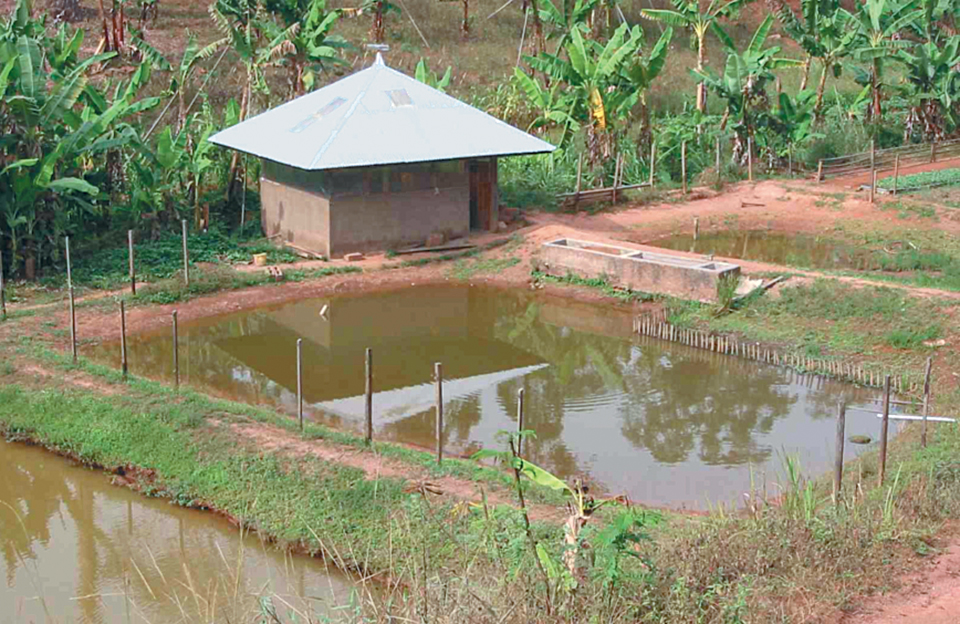
The species most commonly produced by small-scale African hatcheries are the sharptooth catfish (Clarias gariepinus) and Nile tilapia (Oreochromis niloticus). Each presents hatchery operators with opportunities to mismanage broodstock.
For the highly fecund catfish, there is always the temptation to use the fewest number of broodfish possible to get a certain number of eggs. In addition, male catfish are usually sacrificed, and so are used to fertilize as many females as possible.
From these offspring of minimal numbers of parents will be selected the next generation of brooders. After several generations of such mating, inbreeding can reach levels sufficient to lower growth, fecundity, and fitness, and generate deformities.
Tilapia present a somewhat different challenge, but the outcome is the same. The typical practice at harvest among small-scale farmers is to sell or eat all fish of a certain minimum size, leaving smaller animals to be sold as fingerlings to other farmers or continue growing in the pond.
Only a part of these small fish are actually fingerlings. Many are small, sexually mature adults. Such selection for smaller adults, which amounts to inadvertent selection for slow growth and/or early sexual maturation, can lead to declines of up to 20 percent in growth rate within six generations in less than three years.
Ineffective fingerling production
Small-scale fingerling production in Africa is typically based in earthen ponds of 50 to 500 square meters, with or without some kind of hatchery building. Into these ponds are stocked various numbers and sex ratios of male and female tilapia of mixed sizes and genetic background.
Often the numbers of broodfish used are insufficient to maintain adequate genetic variability in the populations. Also, as male tilapia are highly territorial and competitive for mates, a relatively small percentage of males (the most aggressive, not necessarily the fastest-growing) dominate the fertilization of the females.
Without some method of ensuring that most males are represented, the effective breeding number will be less than anticipated, and the population can become inbred, reducing growth and viability while increasing phenotypic variation.
Genetic drift
Genetic drift, especially the founder effect, is another mechanism that can lead to loss of genetic diversity and the potential for inbreeding. Small founder populations are common in African aquaculture and, indeed, aquaculture in general. Exotic broodfish are expensive, difficult to acquire, and often illegal, so individuals often resort to minimal numbers. This builds low genetic diversity into production systems from the outset.
Declines in growth performance are often associated with such loss of genetic diversity. Typically, genetic variability on small-scale African hatcheries is 40 to 70 percent less than wild populations. These levels of loss are associated with growth rate declines on the order of 12 to 40 percent compared to wild stocks. See Table 1 for reported effects of poor genetic management.
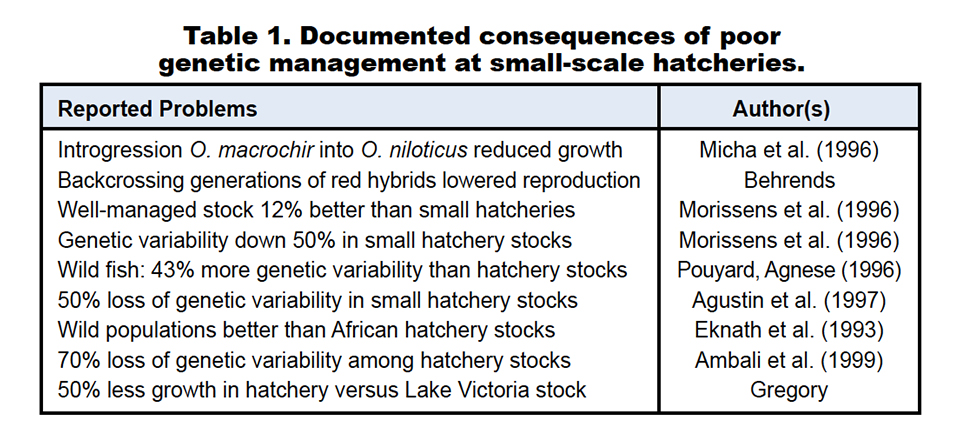
Even with the relatively low fish production in Africa, a 20 percent decline in growth rate represents lost production on the order of 80,000 MT, with associated annual profits of U.S. $200 million lost to African fish farmers.
In addition, response to selective breeding can be reduced by up to a third by even moderate reduction of genetic variation. Heritability for growth in tilapia is naturally low to moderate, averaging less than 20 percent. It can easily be swamped by low effective breeding numbers. As demonstrated by a number of researchers, if the genotypes of few individuals are represented, mass selection has minimal effect on population growth rates.
Genetic diversity
To prevent significant loss of genetic diversity, breeding numbers should be in the range of 100 to 150. Collecting, maintaining, and managing these numbers of broodstock is costly and complicated, precluding the vast majority of small- and even medium-scale operators. Larger farms are also not immune to the problems of deteriorating genetic quality.
Largely out of ignorance, rather than lack of capital, larger-scale fish farms have both inbreeding and outcrossing problems. Not only are most large hatcheries based on the same types of open pond-spawning systems used by small-scale hatcheries, but they also tend to import stocks and spe-cies from other farms and countries.
The Baobab Fish Farm Kenya, for example, grows a tilapia hybrid between O. niloticus, O. spilurus and O. mossambicus. At Kafue Fish Farm in Zambia, which maintains stocks of O. niloticus, O. andersonii, O. aureus, wild O. mortermeri and O. macrochir come in from the Kafue River. All of these easily cross with each other and perform less well than the original O. andersonii stock. Similarly, a decline in growth rate of approximately 20 percent over three generations was observed by Micha et al. (1996), who studied the introgression of O. macrochir genes into a captive line of O. niloticus in Rwanda.
Proper management
While difficult, proper management of captive tilapia genetic resources is not impossible. In those few cases where the genetic diversity of hatchery stocks has been systematically managed through the use of large effective breeding numbers or controlled outcrossing, growth rates equal or exceed those of natural populations. In addition, properly conducted selective breeding can lead to increases in growth rates of 16 to 70 percent.
Cited references are available from the author.
(Editor’s Note: This article was originally published in the December 2004 print edition of the Global Aquaculture Advocate.)
Now that you've reached the end of the article ...
… please consider supporting GSA’s mission to advance responsible seafood practices through education, advocacy and third-party assurances. The Advocate aims to document the evolution of responsible seafood practices and share the expansive knowledge of our vast network of contributors.
By becoming a Global Seafood Alliance member, you’re ensuring that all of the pre-competitive work we do through member benefits, resources and events can continue. Individual membership costs just $50 a year.
Not a GSA member? Join us.
Author
-
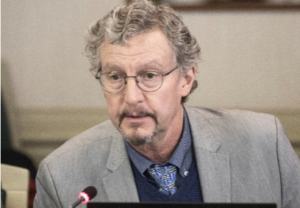
Randall E. Brummett, Ph.D.
Senior Scientist
WorldFish Humid Forest Ecoregional Center
BP 2008 (Messa)
Yaoundé, Cameroon
Tagged With
Related Posts

Health & Welfare
10 paths to low productivity and profitability with tilapia in sub-Saharan Africa
Tilapia culture in sub-Saharan Africa suffers from low productivity and profitability. A comprehensive management approach is needed to address the root causes.

Health & Welfare
A holistic management approach to EMS
Early Mortality Syndrome has devastated farmed shrimp in Asia and Latin America. With better understanding of the pathogen and the development and improvement of novel strategies, shrimp farmers are now able to better manage the disease.
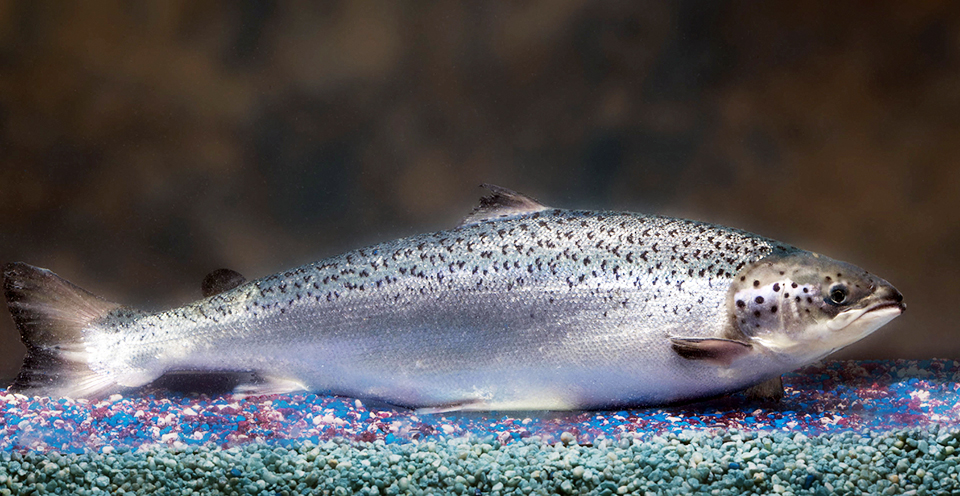
Intelligence
A brief look at genetically modified salmon
If approved by FDA, fast-growing genetically modified salmon will provide a safe and nutritious product similar to other farmed Atlantic salmon.
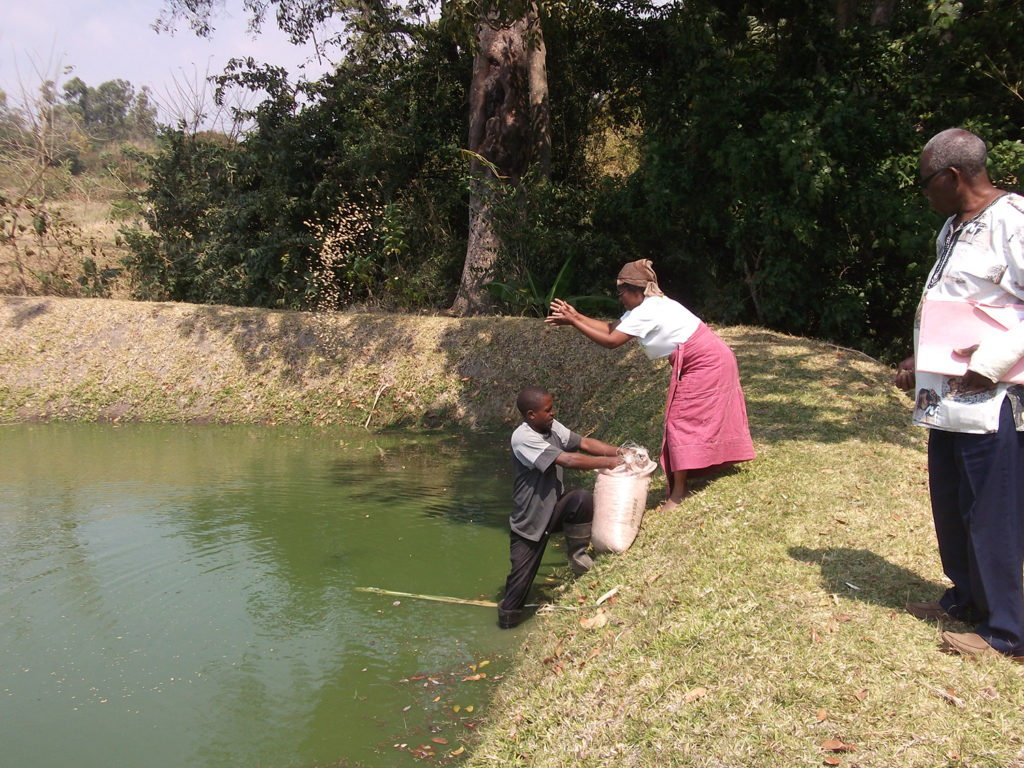
Innovation & Investment
Investing in Africa’s aquaculture future, part 1
What is the future that Africa wants? Views on how to grow aquaculture on the continent vary widely, but no one disputes the notion that food security, food safety, income generation and job creation all stand to benefit.

